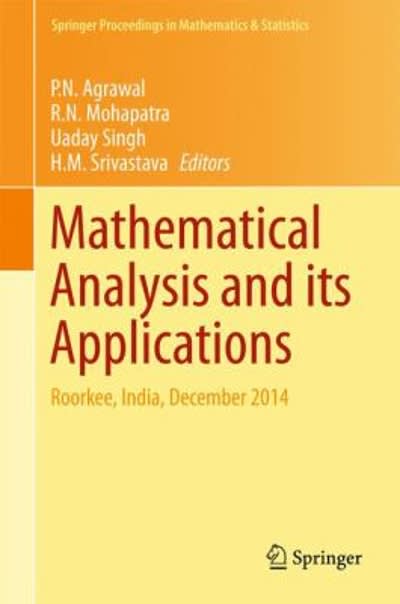Question
Most of the women in this sample felt that their actual weight was a. about the same as their ideal weight. b. less than their




Most of the women in this sample felt that their actual weight was
a. about the same as their ideal weight.
b. less than their ideal weight.
c. greater than their ideal weight.
d. no more than 2 pounds different from their ideal weight.
27. A chi-square test of the relationship between personal perception of emotional health and
marital status led to rejection of the null hypothesis, indicating that there is a relationship
between these two variables. One conclusion that can be drawn is:
a. Marriage leads to better emotional health.
b. Better emotional health leads to marriage.
c. The more emotionally healthy someone is, the more likely they are to be married.
d. There are likely to be confounding variables related to both emotional health and
marital status.
28. A chi-square test involves a set of counts called "expected counts." What are the expected
counts?
a. Hypothetical counts that would occur of the alternative hypothesis were true.
b. Hypothetical counts that would occur if the null hypothesis were true.
c. The actual counts that did occur in the observed data.
d. The long-run counts that would be expected if the observed counts are representative.
29. Pick the choice that best completes the following sentence. If a relationship between two
variables is called statistically significant, it means the investigators think the variables are
a. related in the population represented by the sample.
b. not related in the population represented by the sample.
c. related in the sample due to chance alone.
d. very important.
30. Simpson's Paradox occurs when
a. No baseline risk is given, so it is not know whether or not a high relative risk has
practical importance.
b. A confounding variable rather than the explanatory variable is responsible for a change in
the response variable.
c. The direction of the relationship between two variables changes when the categories of
a confounding variable are taken into account.
d. The results of a test are statistically significant but are really due to chance.
One use of a regression line is
a. to determine if any x-values are outliers.
b. to determine if any y-values are outliers.
c. to determine if a change in x causes a change in y.
d. to estimate the change in y for a one-unit change in x.
18. Past data has shown that the regression line relating the final exam score and the midterm
exam score for students who take statistics from a certain professor is:
final exam = 50 + 0.5 midterm
One interpretation of the slope is
a. a student who scored 0 on the midterm would be predicted to score 50 on the final exam.
b. a student who scored 0 on the final exam would be predicted to score 50 on the midterm
exam.
c. a student who scored 10 points higher than another student on the midterm would be
predicted to score 5 points higher than the other student on the final exam.
d. students only receive half as much credit (.5) for a correct answer on the final exam
compared to a correct answer on the midterm exam.
Questions 19 to 21: A survey asked people how often they exceed speed limits. The data are
then categorized into the following contingency table of counts showing the relationship between
age group and response.
Exceed Limit if Possible?
Age Always Not Always Total
Under 30 100 100 200
Over 30 40 160 200
Total 140 260 400
19. Among people with age over 30, what's the "risk" of always exceeding the speed limit?
a. 0.20
b. 0.40
c. 0.33
d. 0.50
20. Among people with age under 30 what are the odds that they always exceed the speed limit?
a. 1 to 2
b. 2 to 1
c. 1 to 1
d. 50%
21. What is the relative risk of always exceeding the speed limit for people under 30 compared to
people over 30?
a. 2.5
b. 0.4
c. 0.5
d. 30%




Step by Step Solution
There are 3 Steps involved in it
Step: 1

Get Instant Access to Expert-Tailored Solutions
See step-by-step solutions with expert insights and AI powered tools for academic success
Step: 2

Step: 3

Ace Your Homework with AI
Get the answers you need in no time with our AI-driven, step-by-step assistance
Get Started


